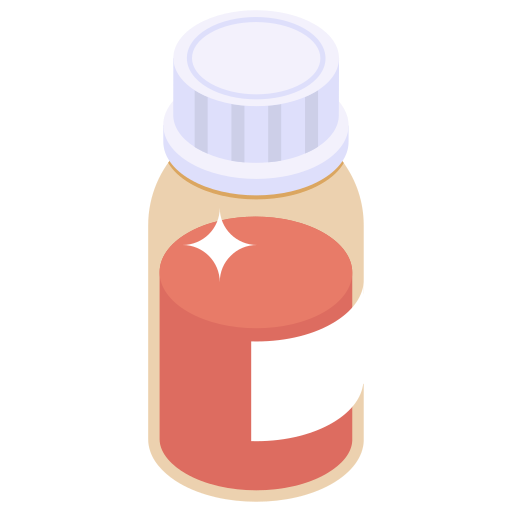
Chlorpromazine Hydrochloride
25 mg/5 ml
United Pharmaceuticals Ltd.
Product Details
Description
Chlorpromazine is indicated in the following conditions: Schizophrenia and other psychoses (especially paranoid), mania and hypomania. In anxiety psychomotor agitation excitement, violent or dangerously impulsive behaviour. Chlorpromazine is used as an adjunct in the short-term management of these conditions. Intractable hiccup. Nausea and vomiting of terminal illness (where other medicines have failed or are not available). Childhood schizophrenia and autism.
May be taken with or without food. May be taken with meals to reduce GI discomfort.
Interactions resulting in decreased chlorpromazine levels: Food, alcohol and benztropine can reduce the absorption of chlorpromazine. Antacids can slow the absorption of chlorpromazine. Lithium and chronic administration of barbiturates can lead to increased clearance of chlorpromazine. Interactions resulting in increased chlorpromazine levels: Tricyclic antidepressants decrease the clearance of chlorpromazine and may lead to increased serum levels. Administration of chlorpromazine with CYP1A2 inhibitors, in particular strong (such as ciprofloxacin and fluvoxamine) or moderate (such as oral contraceptives and vemurafenib) inhibitors leads to an increase in chlorpromazine plasma concentrations. Therefore, patients may experience any chlorpromazine dose-dependent adverse drug reaction.
Chlorpromazine should never be used in the following circumstances: Circulatory collapse. CNS depression, e.g. coma or drug intoxication. Previous history of a hypersensitivity reaction (e.g. jaundice or blood dyscrasia) to phenothiazines, especially chlorpromazine itself, or to any of the excipients contained in the tablets or injection. Bone marrow depression. Phaeochromocytoma. Hepatic failure or active hepatic disease. Chlorpromazine Injection contains sodium metabisulfite and sodium sulfite and may cause allergic-type reactions including anaphylactic symptoms and asthmatic episodes in susceptible people.
The following adverse effects have been reported for chlorpromazine or phenothiazines in general. Cardiovascular: Postural hypotension, ECG Changes. Dermatological Contact dermatitis, photosensitivity, urticarial, maculopapular, petechial or oedematous reactions. Endocrine: Elevated prolactin levels, impaired thermoregulation, hyperglycaemia, other hypothalamic effects. Gastrointestinal: Dry mouth, constipation. Immunological: Raised ANA titre, positive SLE cells. Genitourinary: Urinary retention. Haematological: Leucopenia, agranulocytosis, eosinophilia, hemolytic anaemia, aplastic anaemia, thrombocytopenic purpura and pancytopenia have been reported.
Pregnancy category C. Studies in animals by oral route have shown reproductive toxicity (dose-related embryo fetotoxicity: increased resorptions and dead foetuses). Increased incidence of malformations was observed in mice but only at doses inducing maternal mortality. There is inadequate animal data regarding reproductive toxicity with chlorpromazine by parenteral route. In humans, the teratogenic risk of chlorpromazine has not been evaluated. Different prospective epidemiological studies conducted with other phenothiazines have yielded contradictory results regarding teratogenic risk. Chlorpromazine has been found to be excreted in breast milk in variable amounts, therefore it is not recommended for nursing mothers unless the expected benefits outweigh any potential risk.
Chlorpromazine generally should not be used in epilepsy, Parkinson’s disease, hypoparathyroidism, myasthenia gravis and prostatic hypertrophy.
Elderly: The elderly are relatively more susceptible to the adverse effects of chlorpromazine. The starting dose should be about half the usual adult dose and dosage increments should be gradual and reviewed regularly.
Anti-emetic drugs, Phenothiazine drugs, Phenothiazine related drugs
-
Support 24/7
Call us anytime -
100% Safety
Only secure payments